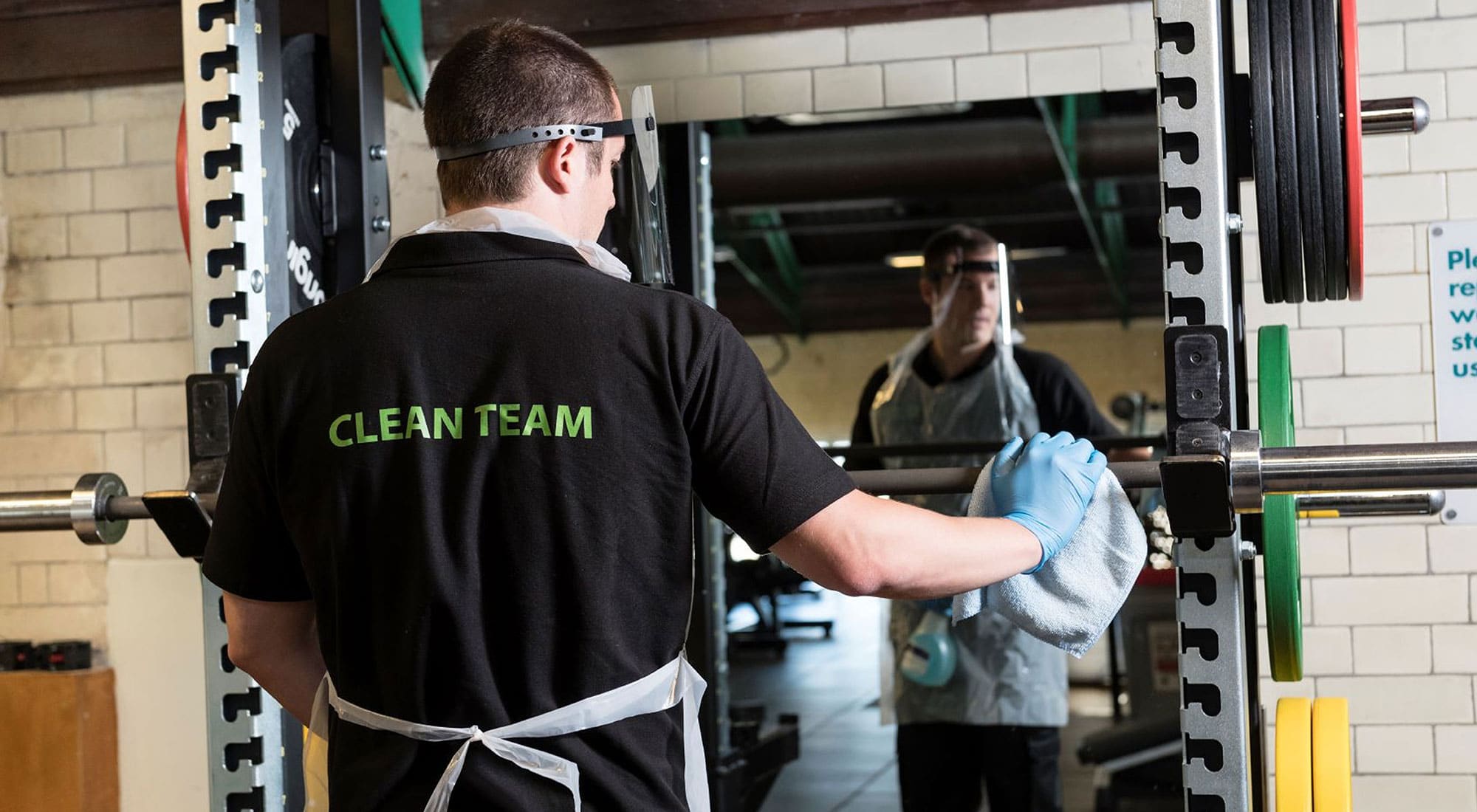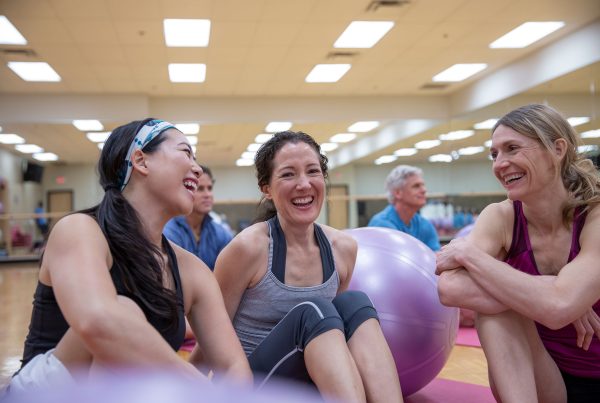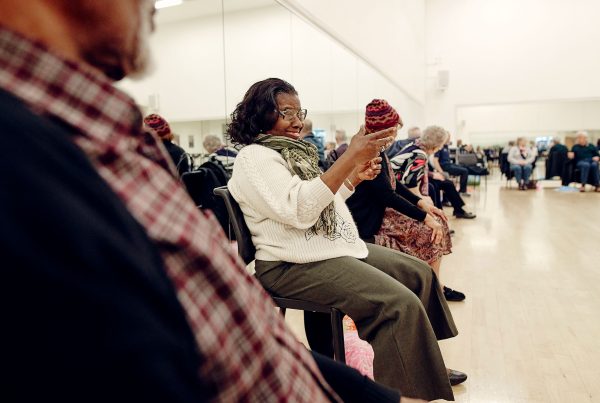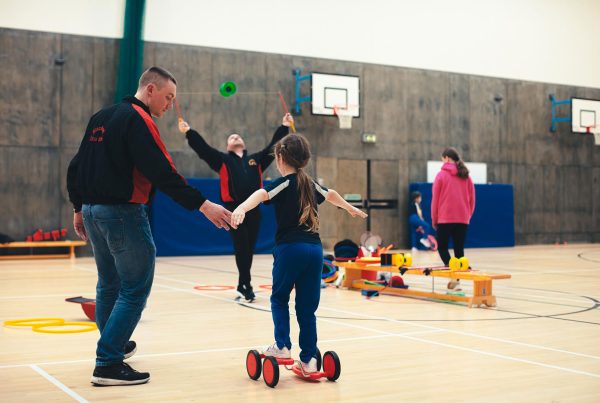By Christine Finch, Infection Prevention lead, Nuffield Health
As part of Infection Prevention Week, I wrote this piece for our gym members, explaining the safety measures the sector is taking to limit the spread of COVID-19 and suggesting what questions they should be asking to ensure robust measures are still in place.
Since reopening, gyms have proven to be incredibly safe. ukactive’s recent figures showed that leisure facilities in England have seen more than 22 million visits since July, but only a handful of cases of COVID-19 among customers – just 0.34 positive cases per 100,000 gym visits.
Gyms are an essential health service, one that has a huge positive impact on people’s physical and mental health, which is especially important during the pandemic.
While we support actions taken to slow the spread of the virus, there are serious concerns that the Government’s decision to include gyms within restrictions for potential closure risks harming rather than helping the nation’s recovery.
The Government’s main concerns focus on the close proximity of people in a gym, the number of potential touchpoints, hand hygiene and hygiene stations, and the increased rate of breathing when exercising. We’ve addressed each of these with the following measures, which have proven to be effective.
Social distancing
Coronavirus can be transmitted in any close-quarters situation, but evidence tells us that keeping people two metres apart in any environment is sufficient to significantly reduce the risk of transmission.
Gyms, like ourselves, have been following best practice by ensuring that equipment is either spaced two metres apart, or that every other piece of equipment is out of use. Equipment is also cleaned in between use and gyms have also been marking routes throughout their facilities to make sure members are kept at safe distance.
Some gyms have chosen to use screens to partition off individual pieces of equipment. However, if equipment has been positioned to allow for social distancing, there’s less of a need for physical barriers.
At Nuffield Health, we chose not to use partitions as they provide another surface that must be disinfected, and we believe that maintaining a distance of two metres between people is the most effective measure to reduce risk, given our heritage in hospital infection prevention.
Cleaning touchpoints
Another concern the Government has is the number of potential touchpoints there are in a gym, as the more surfaces and objects a person comes into contact with, the greater the potential of transmission if they are carrying the virus.
It’s estimated that approximately 80% of infections are spread by touch, which is why gym operators like us have increased the number of hand sanitising and equipment cleaning stations throughout the premises.
At Nuffield Health we’ve also been performing an enhanced two-stage cleaning process, using detergent and disinfectant to sanitise all gym equipment, along with a deep clean overnight.
Optimising ventilation
Ventilation is also an important part of mitigating against the transmission of COVID-19. Ventilation into the building should be optimised to ensure a fresh air supply is provided throughout the facility and increased wherever possible, particularly in areas where high-intensity exercise takes place.
The Health and Safety Executive (HSE) have advised that the risk of air conditioning spreading coronavirus is extremely low. Within Nuffield Health, we collaborated with our Consultant Microbiologist, the Hospital Infection Prevention teams, our Ventilation Authorising Engineer and the Property Department, to ensure that the ventilation systems in all our gyms operate according to HSE and government guidelines.
Face coverings
Wearing a face covering while exercising will affect oxygen intake, and could increase the chance of light-headedness, dizziness, numbness or tingling, and shortness of breath. Face coverings could also exacerbate breathing problems for those with respiratory conditions. That’s why we aren’t insisting on members wearing face coverings while exercising as we believe maintaining a safe distance is enough to reduce any risk of transmission, while ensuring wellbeing.
At Nuffield Health Fitness and Wellbeing Centres in England, members are encouraged to wear face coverings when entering and moving around the gym. Face coverings are required in the café and beauty suites. Members with medical conditions, other exemptions, and children under the age of 11 do not need to wear a face covering. For our centres in Scotland Wales, a face covering in compulsory in non-active areas.
Where staff are carrying out activities that may increase their exposure risk, such as cleaning, or where they cannot maintain a two-metre distance, we’re asking them to wear personal protective equipment to help keep them safe.
Automatic tracking and tracing
It’s important to remember that, unlike restaurants and pubs, gyms have been operating on a swipe card or sign-in basis for years. That means we know the names and details of every member in our facilities at any moment, allowing us to take immediate steps to alert members of any risk in the event of an incident.
Since the introduction of track and trace, all members are now required to sign in through the app when they enter the gym, the app will alert users if they have come into contact with someone who tests positive for COVID-19.
How to make sure your gym is COVID-secure
Members and staff have a responsibility to take care and look after each other. We’re encouraging our members to think about the following questions when it comes to keeping themselves and others safe at the gym:
How can I reduce my own personal risk when I come to the gym?
Is it clear how and where I can sanitise my hands often?
Are there cleaning products available for me to clean my equipment before and after use?
Is it clear that I’m not allowed on site if I have symptoms or if I think I’ve been exposed?
In terms of the gym itself, consider the below questions:
What social distancing measures are in place throughout the gym, including areas such as the changing rooms, where people are at close quarters?
How is the flow of people around the gym, and through the entrance and exit, being managed to reduce social contact?
How are people being checked on arrival for an elevated temperature or symptoms of being unwell?
How is the number of people allowed on the premises, on the gym floor, in an exercise class or in the pool at any one time being monitored and limited?
What cleaning measures are in place?
Finally, ask these questions about following the correct guidance and escalating complaints:
If I see a gym member or worker doing something that I think risks other people, is it clear how I raise my concerns?
Have I been asked to update my contact details, so the gym can inform me if they need to through NHS track and trace?
Does it feel like the gym is taking reasonable precautions to keep me safe?
Disclaimer: Any views or opinions expressed are solely those of the author and do not necessarily represent those of ukactive
To read the latest official guidance for operators, and for more information from ukactive, visit the COVID-19 hub




